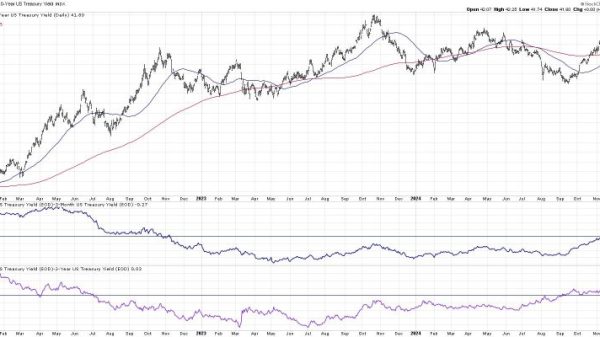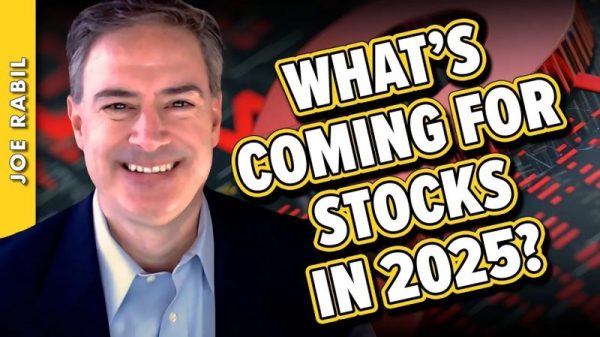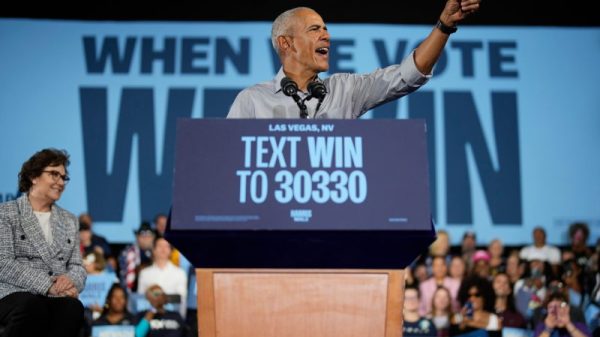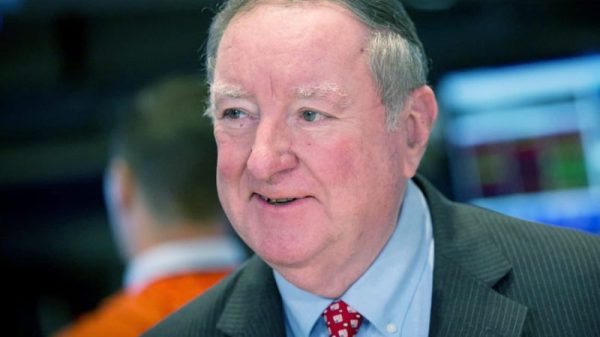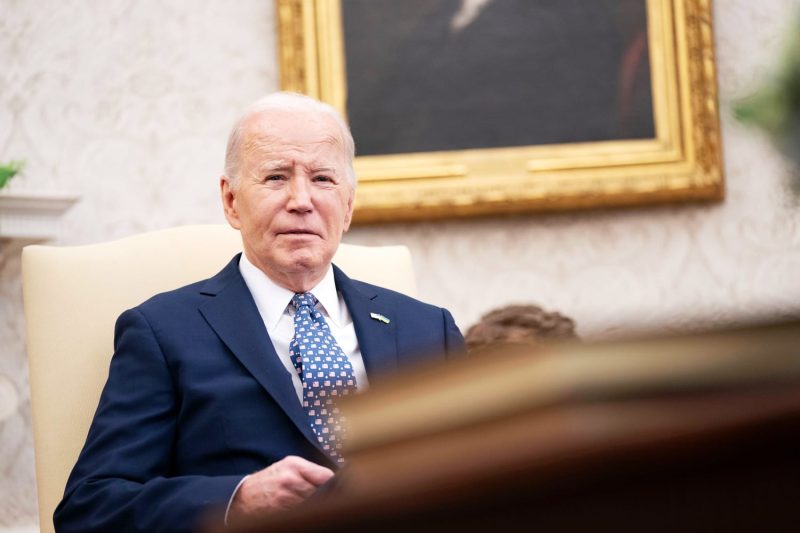The concept of the elusive policy-driven undecided voter has long been a topic of fascination and debate within the realm of political science and campaign strategy. These individuals, often characterized by their reluctance to align with a particular political party or ideology, tend to base their voting decisions on the specific policies and proposals put forth by candidates rather than partisan loyalty or rhetoric. In a landscape where polarization and identity politics dominate the discourse, the presence of these voters poses a unique challenge for campaigns seeking to secure their support.
One key aspect of the policy-driven undecided voter is their emphasis on substance over style. While many voters may be swayed by charisma, personality, or superficial attributes of a candidate, these individuals are more likely to delve deeply into the specifics of a candidate’s platform and proposals. They are often well-informed on a range of issues and demand detailed and well-articulated policy positions from those seeking their vote.
Moreover, the policy-driven undecided voter tends to be highly discerning and critical in evaluating candidates. They are not easily swayed by empty promises or vague platitudes, but rather seek concrete plans and evidence of a candidate’s ability to deliver on their promises. This group of voters is particularly attuned to inconsistencies or flip-flopping on key policy issues and may be quick to dismiss candidates who they perceive as lacking in integrity or consistency.
Campaigns vying for the support of policy-driven undecided voters face the challenge of not only crafting detailed and nuanced policy proposals but also effectively communicating these proposals in a way that resonates with this particular segment of the electorate. This requires a level of transparency and authenticity that can be difficult to achieve in an era dominated by soundbites and spin.
Another factor that complicates the task of winning over policy-driven undecided voters is the increasingly polarized nature of political discourse. In a climate where tribalism and partisanship run deep, these voters may find themselves disillusioned and disenchanted with the options presented to them. They may feel alienated from both major parties and struggle to find a candidate who aligns closely with their values and priorities.
However, the presence of policy-driven undecided voters also represents an opportunity for candidates willing to engage in substantive dialogue and address the concerns of this critical segment of the electorate. By listening to their priorities, engaging with them on issues that matter most, and demonstrating a genuine commitment to policy solutions, candidates can potentially earn the trust and support of these elusive voters.
In conclusion, the phenomenon of the policy-driven undecided voter sheds light on the complexities and challenges inherent in contemporary electoral politics. While these individuals may be few in number, their impact on the outcome of an election can be significant. Campaigns that prioritize authenticity, transparency, and substantive policy proposals stand the best chance of winning over these discerning and critical voters.



